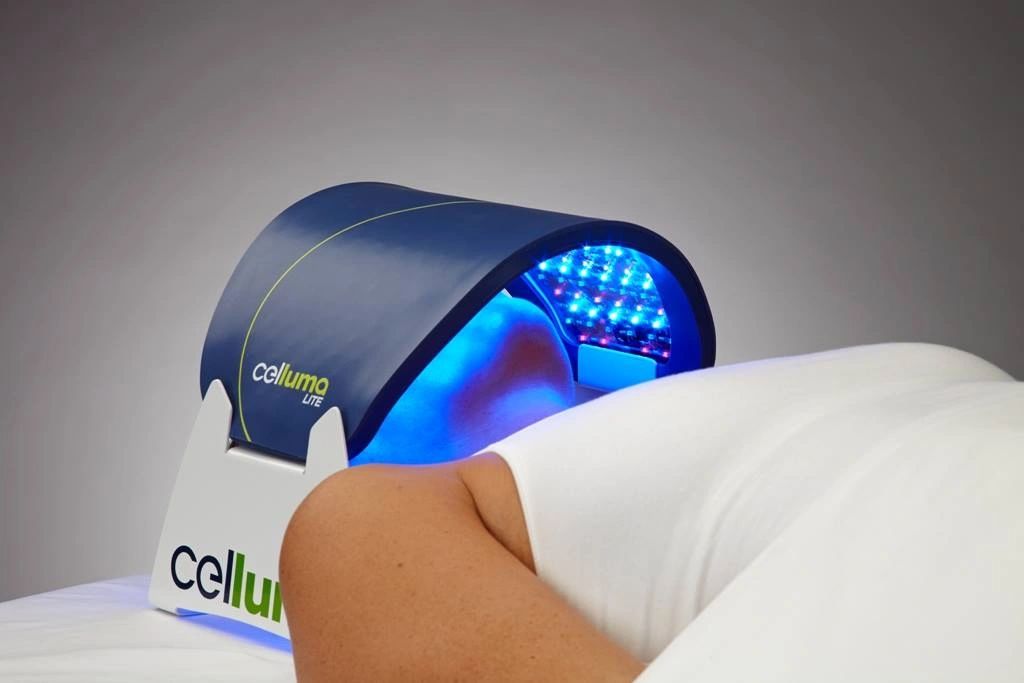

The application of LED triggers a photobiochemical response, activating fibroblasts deep in the dermal and subcutaneous layer to promote healing and repair in these layers. Light emiting diodes (LEDs) trigger photomodulation, a non-thermal, non-ablative cellular stimulation. Traditionally, we use topicals, peels and lasers to clear up damaged collagen and stimulate the production of more regular, new collagen. Less is known about boosting the elastin content in the skin, yet stimulating its production it is just as important as collagen in your anti-aging strategy.Īctivating the fibroblasts is the only way to boost collagen (and presumably elastin) production in the skin. The red-headed step-sister of collagen, elastin tends to be a neglected topic in skincare due to the excessive focus in the skincare industry on increasing collagen production. This is a very complicated subject, but to state it simply – when you turn 35 – 40, the quantity and quality of collagen fibers degrades, and it becomes very important to boost collagen synthesis as an anti-aging strategy.Įlastin is responsible for the ability of tissues to resume their original shape after being pinched or pulled.
#Illuminate led panel vs celluma skin
When collagen is damaged by external factors such as UV rays, free radicals, impaired glucose metabolism (glycation), smoking or other factors, its structure becomes distorted, leading to poor skin texture, wrinkles and other imperfections. Young, healthy fibroblasts deposits collagen that has a coherent and orderly structure. It is crucial that the collagen be undamaged and properly deposited. Even having the right mix of collagen is not enough. It is important to note that simply having a lot of collagen in your skin is not enough. At this time, the amount of collagen I begins to decline as well. As body growth slows down, the amount of type III collagen decreases, while the amount of type I collagen increases until about the age of 35. Babies have a large amount of collagen III in their bodies, giving them their soft, supple, elastic skin. Type III is common in fast growing tissue, particularly at the first stages of wound repair, much of this collagen being replaced later by the stronger and tougher Type I collagen. Type I is the most abundant collagen found in the body, occurring in tendons, bones, skin and other tissues – and is particularly present in scar tissue. There are more than 19 different types of collagen in the body, but the types we are most concerned with as estheticians are Type I and Type III. COLLAGENĪs we age the type of collagen in the skin changes and the amount decreases. Increasing the production of collagen and elastin is important in anti-aging treatments, because as we age the amount of collagen and elastin synthesis declines, causing wrinkles and thinning, sagging skin.įibroblasts are the most common cells that are responsible for producing collagen and elastin, although both of these proteins are also created by other cells in the body. In addition, the skin produces collagen and elastin, proteins that are responsible for forming the framework of the skin (collagen) and maintaining skin resilience and elasticity (elastin). Glycosaminoglycans (GAGs) and glycoproteins are special biological polymers whose key role is to hold moisture in the skin. The skin produces several key players that you should be aware of in order to understand how the skin ages. (Image used by permission by BioPhotas) Let me explain how red and infrared assists in skin rejuvenation, but let me offer a little skin science lesson first…. Near Infrared is invisible to the naked eye and penetrates deep into the subcutaneous layer of the skin.


 0 kommentar(er)
0 kommentar(er)
